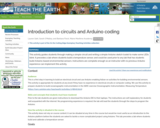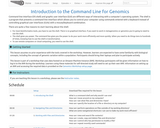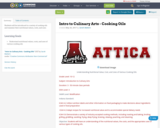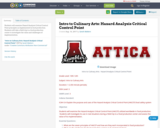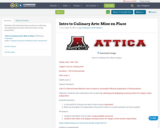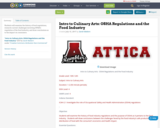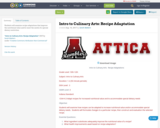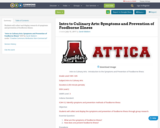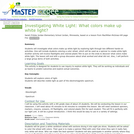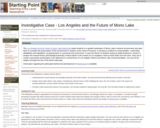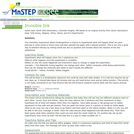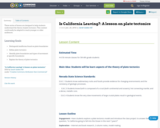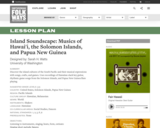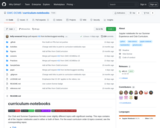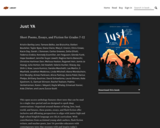Jordan Barta and Sarah Pinet Lesson Plan Date: January 24, 2018 Grade Level: 2nd GradeConcept: Math addition with powers Objectives:The students will be able to add numbers of 5. The students will also learn how to be able to count from 10 up to 100 by 10. The students will also be able in the end to show me they understand numbers of 10 and 5. I will also teach the students how to add with problems that have place values or powers. Criteria: To meet the criteria the students will demonstrate on the worksheet that I provided them that they understand addition with powers. Before I allow the students to take the quiz they have to get all the answer on the worksheet correct to demonstrate understanding. The students will also take a quiz at the end of the week to demonstrate their understanding. Introduction:1. Gather students together in a group.2. Ask if the students have ever been taught to add numbers or if they know what adding is.3. Show students how to add on the board.4. Have the student’s show they have learned what I am teaching by showing the skills on the board by adding numbers. Vocabulary:Numbers, know the plus sign, knowing equations, know the powers. Body of Lesson:1. I will let the students know what we are learning for the week.2. Show the students problems on the board to show them what they will be working on for the week.3. I will give the students a paper with problems on them and help the student complete it in the class.4. Send the student home with problems and have them work on their own and show what they have learned.5. On Friday we will take a test to see if the students understand what we were working on this week. Accommodations/Modifications:Accommodations and Modifications will be determined by the IEP team but could include oral presentation of the math problems, larger print handouts, and extra time to complete work. Multiple Intelligence(s) Addressed: We will use the Logical intelligence. Where the students will think about the problems and find out what they love about the math we are learning and then the reason we need to learn these problems for the rest of their life. Assessment:The Assessment I will give the students is Formative. I will give the students a 5 question quiz at the end of the week. This will allow me to see how much the students understand the concept and what I need to go back over. After I grade the quiz I will put on one side of the board the strengths of the students and on the other side of the board their weakness and what we need to work on. Materials:The students will need a piece of paper and pencil and will be given a worksheet with problems that teach addition. Standards:1. The students will extend their learning on base-ten problems.2. The students will extend their learning on base-5 problems.3. The students will gain fluency on addition.4. The students will also understand addition will numbers that have place units.5. Understand Place value.MA 2.1.1.aMA 2.1.1.bMA 2.1.1.cMA 2.1.1.dMA 2.1.1.e MA 2.1.2.a.MA 2.1.2.bMA 2.1.2.cMA 2.1.2. dMA 2.1.2.eMA 2.1.2.f Worksheet Problems 1. 5+1=2. 10+10=3. 10^2+5=4. 5+115. 5+5=6. 10+20=7. 5^3+6=8. 5, 10, 15. ,25,30,35, ,45, 509. 10,20, , 40,50,60, , 80, 90, 10010. 10+5=Answers1. 6 2. 20 3. 1054. 16 5. 10 6. 307. 131 8. 20, 40 9. 30, 7010. 15 Test Question.1. 5+5=2. 10^1+5=3. 10+10=4. 5,10 15,20, ,30,35, , 45,505. 10,20,,40,50,,70,,90,100Answers1. 102. 153. 204. 25, 405. 30, 60, 80
